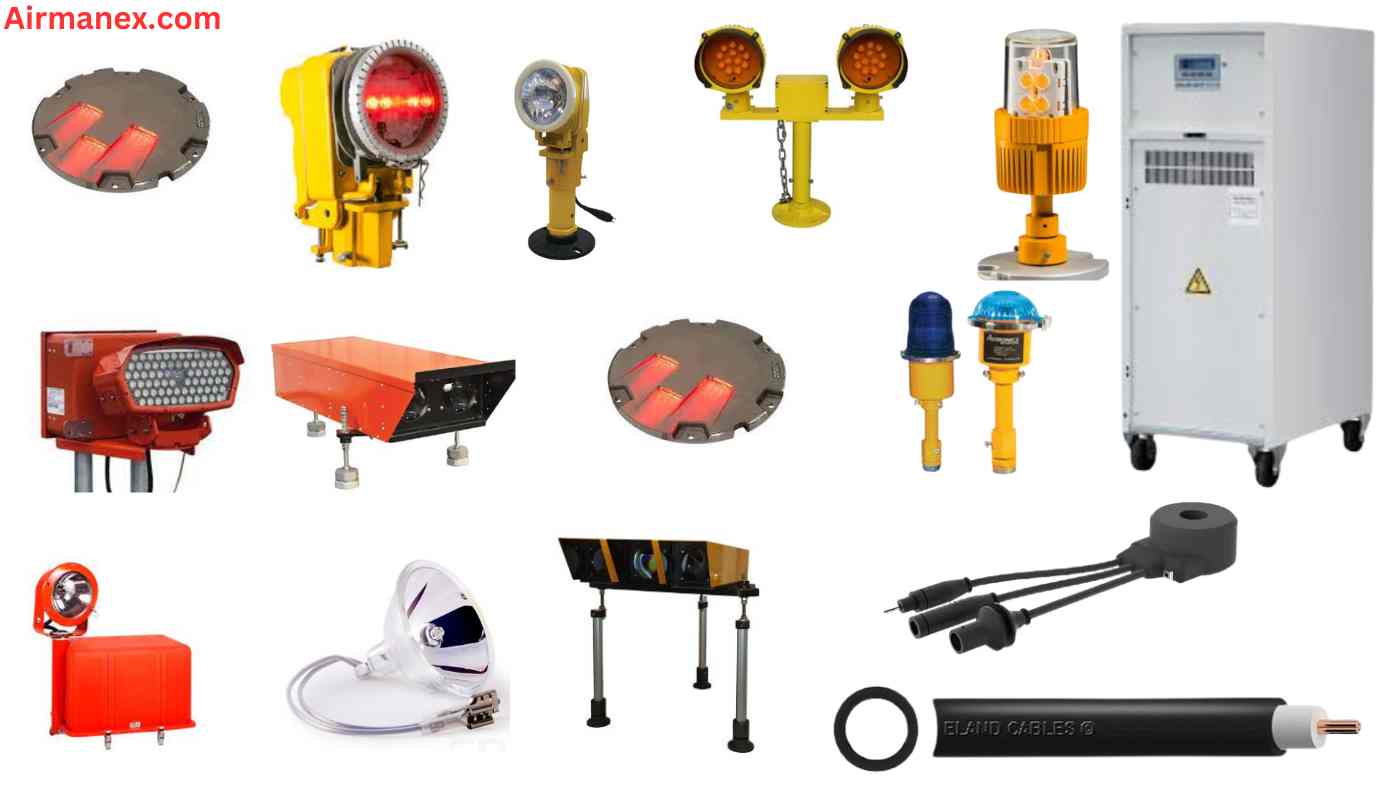Airfield Ground Lighting in Malaysia
Airfield Ground Lighting Runway and Taxiway in Malaysia in 2025 Malaysia’s aviation industry is soaring to new heights, and with […]
Airfield Ground Lighting in Malaysia Read Post »
Airport Manufacturers Expo Online
In the ever-evolving world of aviation, the importance of efficient and reliable Airfield Ground Lighting (AGL) cannot be overstated. As a vital component of airport infrastructure, AGL systems ensure safe takeoffs, landings, and taxiing of aircraft under various conditions. This article delves into the intricacies of airfield ground lighting, exploring advanced technologies, installation and maintenance practices, and the global market landscape for these critical systems.

Airfield ground lighting systems are designed to provide visual cues to pilots during landing, takeoff, and taxiing operations, especially under low visibility conditions such as night, fog, or heavy rain. These systems are categorized into several key components, each serving a specific purpose to enhance safety and efficiency at airports.
The installation of airfield lighting systems requires meticulous planning and execution to ensure compliance with international standards set by organizations such as the International Civil Aviation Organization (ICAO) and the Federal Aviation Administration (FAA).
A comprehensive design phase is critical to ensure the optimal placement and configuration of lighting components. This involves:
Regular maintenance and prompt repair of AGL systems are vital for operational safety and efficiency. Maintenance activities include:
The demand for advanced airfield lighting systems is on the rise globally, driven by increasing air traffic, airport expansions, and modernization projects. Several countries are leading the way in adopting state-of-the-art AGL systems.
The advancement of technology has brought significant innovations in airfield lighting, enhancing both performance and efficiency.
LED technology is transforming airfield lighting with its numerous benefits, including:
Solar-powered airfield lighting systems are an eco-friendly alternative that offers several advantages:
Integrating smart technology into AGL systems allows for advanced control and monitoring, including:
Ensuring compliance with international standards is crucial for the safe and efficient operation of airfield lighting systems.
The International Civil Aviation Organization (ICAO) and the Federal Aviation Administration (FAA) provide comprehensive guidelines and standards for airfield lighting. Compliance with these standards ensures:
In the fast-paced and safety-critical world of aviation, advanced airfield ground lighting systems are indispensable. From LED runway lights to solar-powered systems, these technologies enhance the safety, efficiency, and sustainability of airport operations. As global air traffic continues to grow, the demand for innovative AGL solutions will only increase, driving further advancements in this vital field.
Investing in modern airfield lighting is not just a necessity but a strategic move for airports aiming to stay ahead in the competitive aviation industry. By adopting the latest technologies and adhering to international standards, airports can ensure the safety and satisfaction of millions of passengers worldwide.
Airfield Ground Lighting Runway and Taxiway in Malaysia in 2025 Malaysia’s aviation industry is soaring to new heights, and with […]
Airfield Ground Lighting in Malaysia Read Post »
Airfield Ground Lighting Runway and Taxiway in UK in 2025 Imagine yourself soaring through the night sky, the cityscape twinkling
Airfield Ground Lighting in United Kingdom Read Post »
Airfield Ground Lighting Runway and Taxiway in Italy in 2025 Imagine this: you’re a pilot gracefully maneuvering a plane across
Airfield Ground Lighting in Italy Read Post »
Airfield Ground Lighting Runway and Taxiway in South Korea The aviation industry in South Korea is soaring to new heights,
Airfield Ground Lighting in South Korea Read Post »
Airfield Ground Lighting Runway and Taxiway in Germany in 2025 Imagine yourself soaring through the twilight sky, Germany’s vast landscape
Airfield Ground Lighting in Germany Read Post »
Airfield Ground Lighting Runway and Taxiway in Japan in 2025 The Land of the Rising Sun is renowned for its
Airfield Ground Lighting in Japan Read Post »
Airfield Ground Lighting Runway and Taxiway in USA in 2025 The magic of air travel extends far beyond the sleek
Airfield Ground Lighting in USA Read Post »
Airfield Ground Lighting Runway and Taxiway in China in 2025 The ascent of China’s aviation industry has been nothing short
Airfield Ground Lighting in China Read Post »